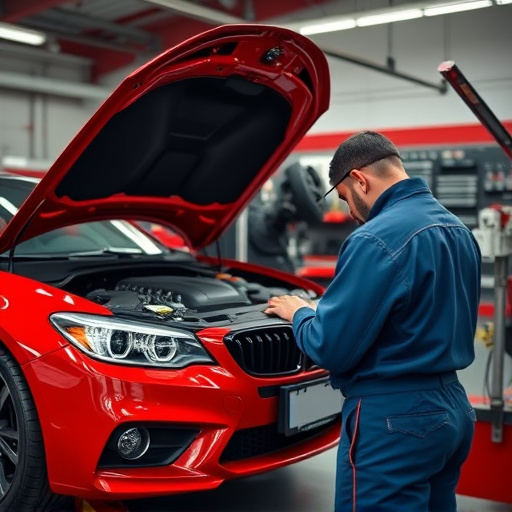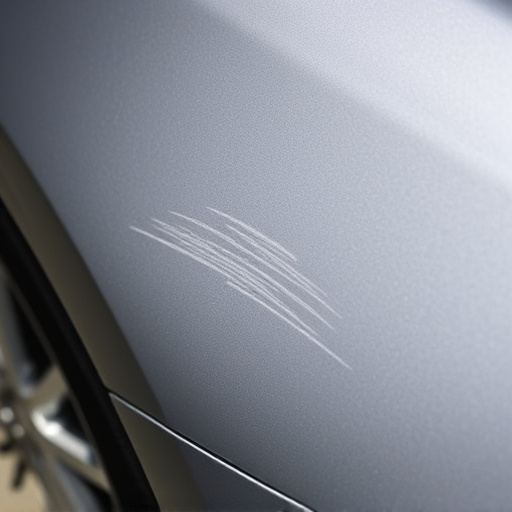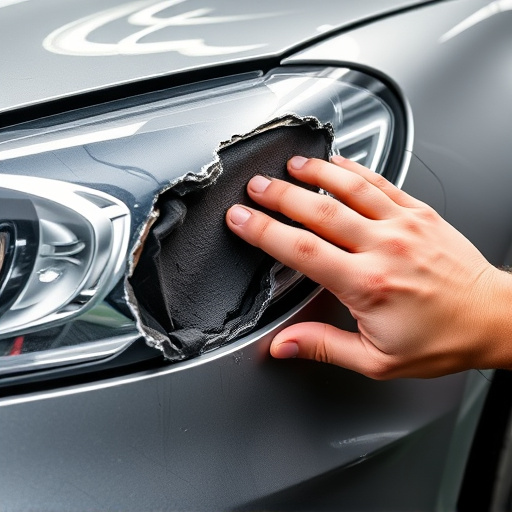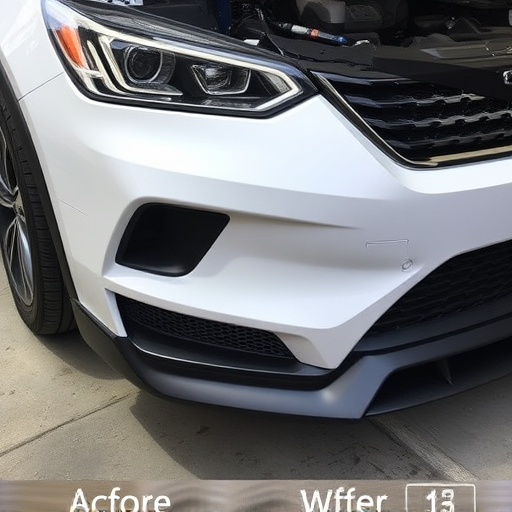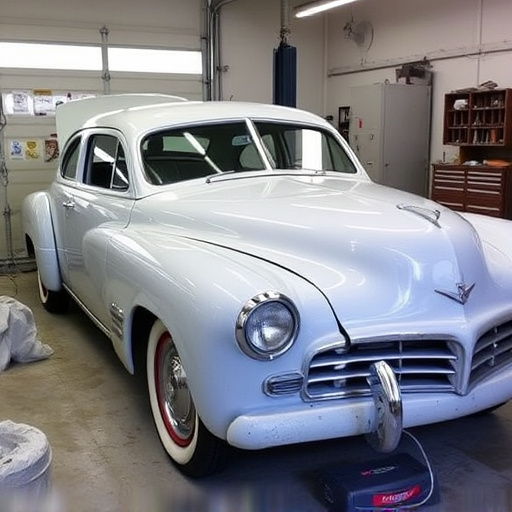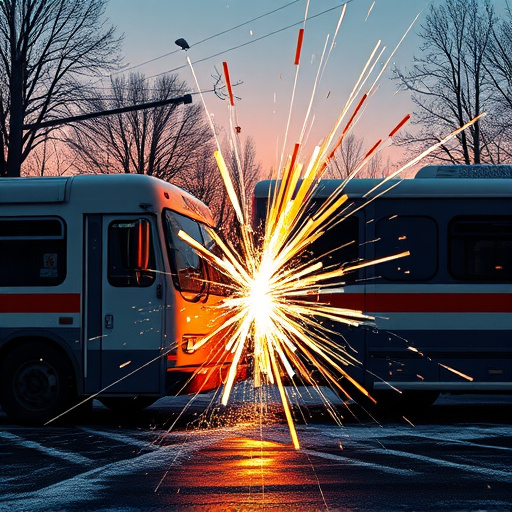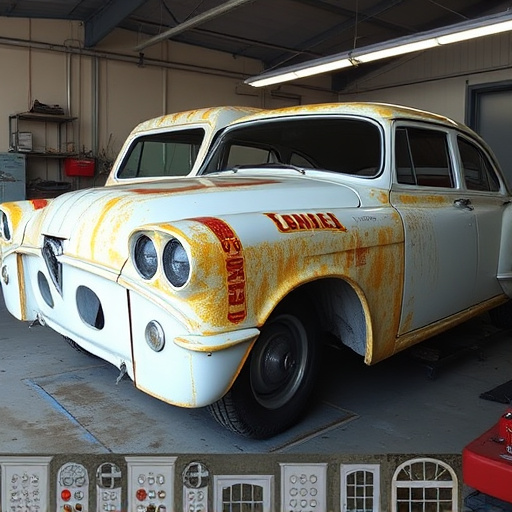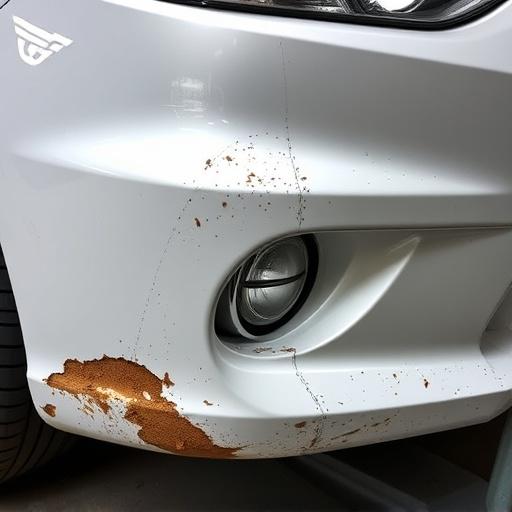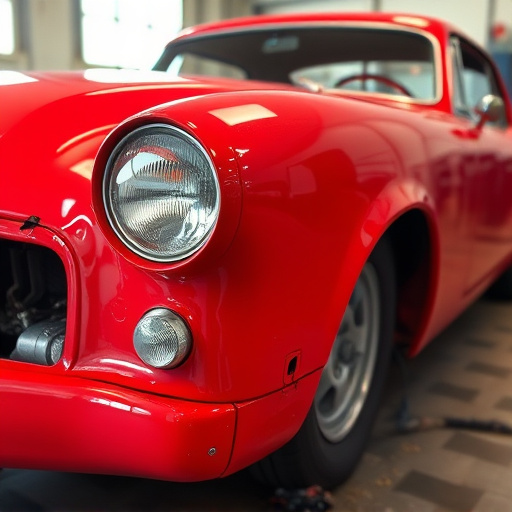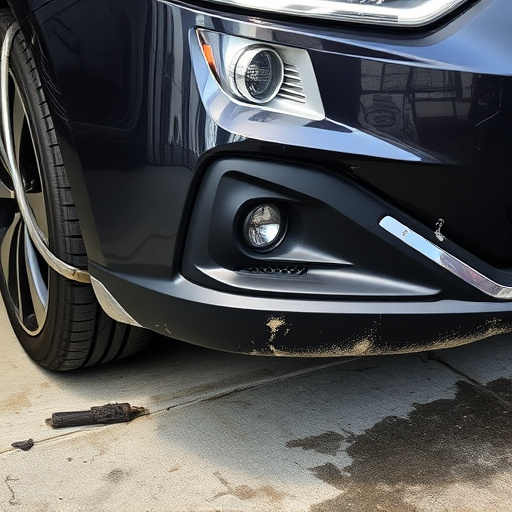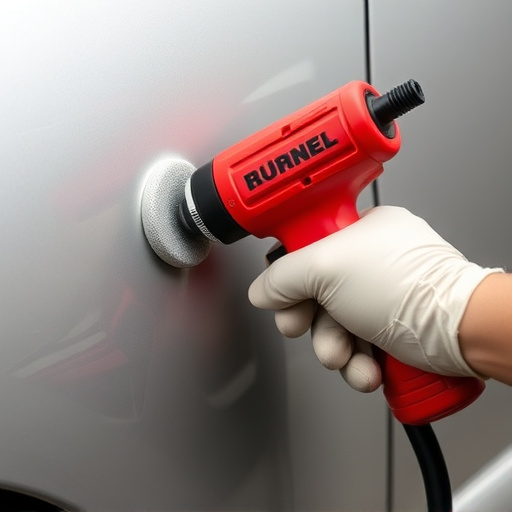A thorough transmission inspection after a collision is vital for vehicle safety and reliability. Look for leaks, seal damage, and wear on internal components like gears, bearings, and clutches. Unusual noises or decreased acceleration/power during shifting require professional assessment from collision repair shops to identify potential issues undetected by visual inspection. Regular checks post-accident prevent costly breakdowns and ensure safe vehicle operation.
After a collision, ensuring your vehicle’s safety is paramount. One crucial component often overlooked is the transmission system. A thorough transmission inspection after a collision is essential, even if damage isn’t immediately apparent. This article guides you through evaluating post-collision vehicle safety, identifying potential transmission damage indicators, and understanding when to seek professional expertise for a comprehensive transmission inspection accident assessment.
- Evaluating Post-Collision Vehicle Safety
- Identifying Transmission Damage Indicators
- When to Seek Professional Inspection
Evaluating Post-Collision Vehicle Safety

After a collision, evaluating your vehicle’s safety is paramount. One crucial aspect often overlooked is the state of your transmission system. While the visible damages might be apparent—cracked windows, dented fenders, or bent frames—internal components could also be affected, especially during severe accidents. A transmission inspection after a collision is essential to ensure your vehicle’s long-term safety and reliability.
During this assessment, experienced mechanics will check for any leaks, damage to seals, or wear and tear on the intricate parts of your transmission. These include gears, bearings, and clutches. An automotive body shop service specializing in transmission inspections can identify potential issues that might not be immediately visible. Remember, a fender bender could lead to hidden risks if the transmission is compromised, so it’s vital to address these concerns promptly for optimal vehicle performance and safety.
Identifying Transmission Damage Indicators
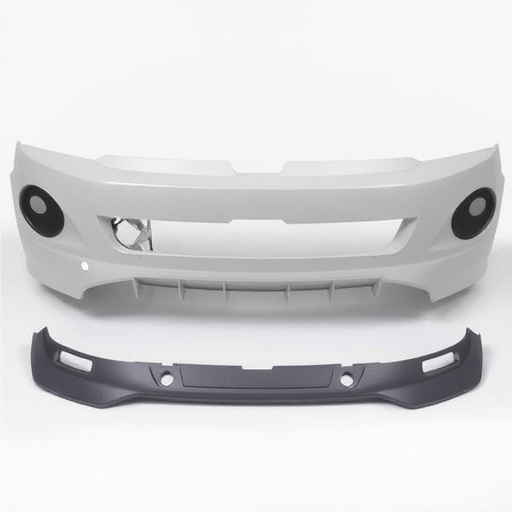
After a collision, it’s crucial to perform a thorough transmission inspection to ensure safe and reliable operation. While some damage may be immediately apparent, subtle indicators can hint at deeper issues within your vehicle’s transmission system. Pay close attention to any unusual noises coming from the engine or transmission area during or after the incident; this could be a sign of internal components shifting or wearing out.
Visual cues are also essential in identifying potential problems. Look for leaks around the transmission, especially if there is evidence of fluid mixing with oil or other fluids. Check for any visible damage to the transmission housing, including cracks, dents, or deformations. If you notice a decrease in acceleration or a loss of power when shifting gears, it might indicate a problem with the clutch or torque converter—signs that often require professional attention from a collision repair shop or car restoration experts.
When to Seek Professional Inspection

If your vehicle has been involved in a collision, even if it seems minor, it’s crucial to consider a transmission inspection after the accident. While some issues may be immediately apparent, such as dents or cracks in the vehicle bodywork, others could be more subtle and related to internal components like the transmission. A professional inspection is essential to assess any potential damage that might have occurred during the collision. Auto repair services provided by experienced mechanics can help uncover hidden problems that could lead to costly repairs if left unattended.
Remember that a transmission is a complex system responsible for shifting gears, and its proper functioning is vital for safe driving. Any signs of unusual noises, fluid leaks, or performance issues post-accident warrant further investigation. Visiting an auto body shop specializing in transmission repairs will ensure a thorough inspection using advanced diagnostic tools. This proactive approach can save you from unexpected breakdowns and costly repairs down the line.
If you’ve been in a collision, don’t overlook potential transmission damage. After evaluating your vehicle’s safety and identifying indicators like unusual noises, leaks, or performance issues, it’s crucial to consider a professional transmission inspection after an accident. This step is essential for ensuring the long-term reliability and safety of your vehicle, preventing further damage, and saving you from costly repairs down the line. A timely transmission inspection accident response can make all the difference in maintaining your peace of mind on the road.
